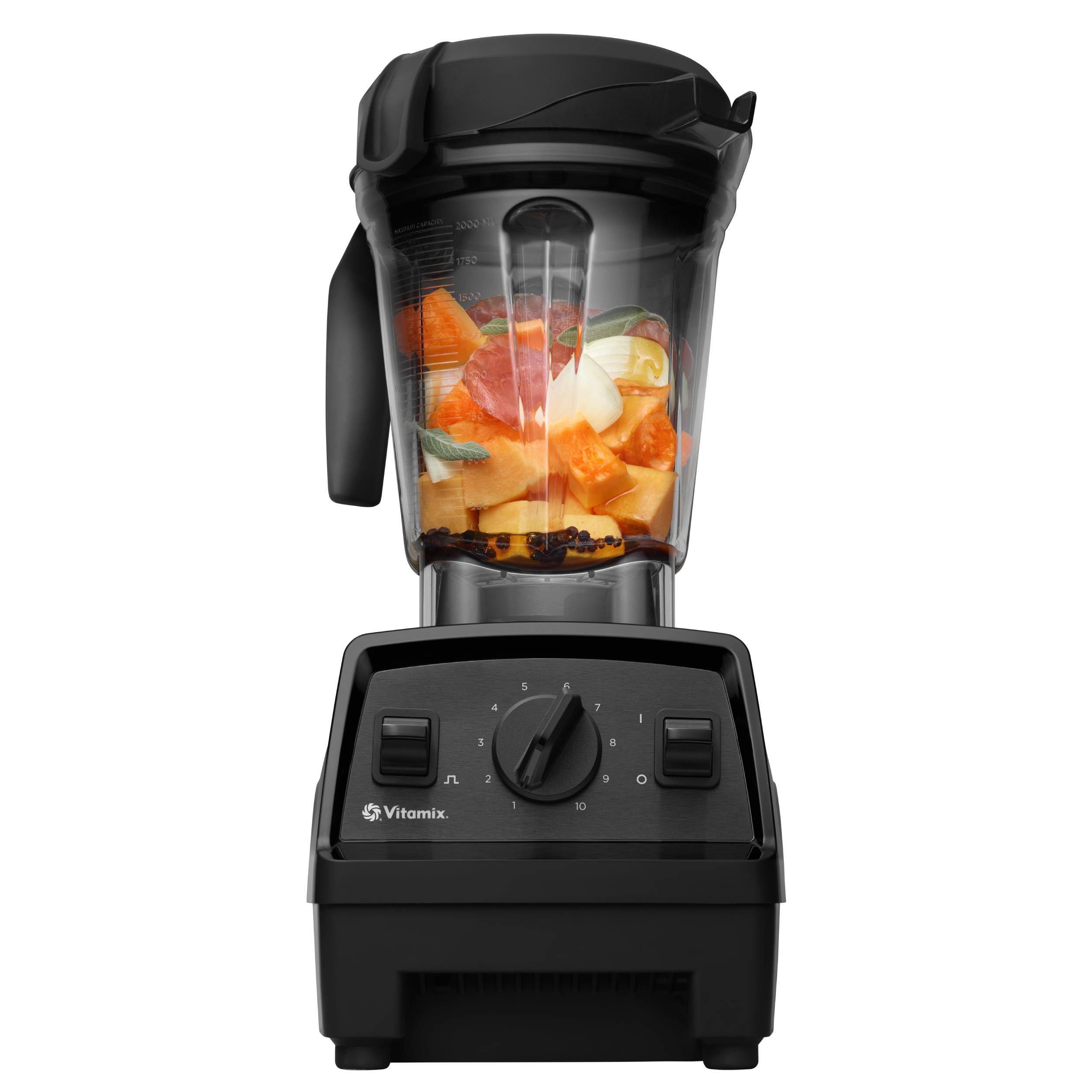Have you ever stepped into the shower only to be greeted by a blast of cold water? If your water heater’s displaying an error code E1, you’re not alone. This frustrating issue can leave you wondering what went wrong and how to fix it.
Key Takeaways
- Error Code E1 Explanation: E1 indicates a malfunction in the water heater, primarily related to the temperature sensor or electrical components, necessitating timely attention.
- Common Causes: The E1 error can be triggered by faulty temperature sensors, electrical issues such as loose connections, overheating, and poor insulation.
- Troubleshooting Steps: Inspect and potentially replace the temperature sensor, check wiring for damage, reset the unit, and monitor tank temperature settings to resolve the E1 error.
- Professional Help: If the error persists after basic troubleshooting, it is advisable to consult a professional technician to address complex issues safely.
- Prevention Strategies: Regular maintenance, including sensor checks and cleaning wiring, along with using quality components, can help prevent future occurrences of the E1 error code.
Overview of Error Code E1 Water Heater
Error code E1 on a water heater signals a malfunction requiring immediate attention. This code typically indicates a problem with the water heater’s temperature sensor or electronic components. Recognizing this issue promptly ensures you maintain access to hot water.
Common Causes of Error Code E1
- Faulty Temperature Sensor: If the temperature sensor doesn’t accurately read the water temperature, it can trigger the E1 error. This may happen due to wear or damage.
- Electrical Issues: Loose connections or damaged wiring can lead to communication errors within the water heater, causing the E1 error code to appear.
- Overheating: A malfunctioning thermostat may allow the water to overheat, leading to the error.
- Insulation Problems: Poor insulation around the tank can affect temperature readings.
Troubleshooting Steps
- Check the Temperature Sensor: Inspect the sensor for any visible damage and ensure it’s securely installed. Replace it if necessary.
- Inspect Wiring Connections: Tighten loose connections and look for frayed or damaged wires. Repair or replace any damaged wiring.
- Reset the Water Heater: Turn off the power supply for a few minutes, then turn it back on to reset the system. This might clear the error temporarily.
- Monitor Tank Temperature: If overheating occurs, assess the thermostat settings and adjust them if needed. If the problem continues, consider replacing the thermostat.
When to Call a Professional
If you’ve followed these steps and the E1 error persists, it’s time to consult a professional technician. Persistent issues often require specialized tools and knowledge to safely resolve. Always prioritize your safety and the integrity of your water heater system.





Common Causes of Error Code E1
Error code E1 often points to specific issues within your water heater. Identifying the root cause is crucial for resolving the problem and restoring hot water access.
Faulty Sensors
Faulty sensors are a primary cause of error code E1. The temperature sensor may malfunction, preventing accurate readings of water temperature. When the sensor fails, it can signal an inappropriate response, leading to cold water. You can check the sensor by using a multimeter to test its resistance. If the resistance is outside the normal range, the sensor likely needs replacement.
Issues with Wiring
Issues with wiring can trigger error code E1. Loose or corroded connections disrupt the flow of electricity, affecting the water heater’s operation. Inspect the wiring thoroughly for signs of damage or wear. Tightening loose connections may solve the problem. If corrosion is present, consider replacing the affected wires to ensure proper functionality.
Water Supply Problems
Water supply problems can also cause error code E1. Insufficient water flow affects the heater’s ability to operate correctly. Ensure there’s adequate water supply by checking valves and filters for blockages. Investigate the incoming water pressure; inadequate pressure can lead to improper heating. If pressure issues persist, a plumber might be needed to resolve them.
Troubleshooting Steps for Error Code E1
Follow these troubleshooting steps to resolve the error code E1 in your water heater.





Checking Power Supply
Ensure the water heater is receiving power. Verify that the unit is plugged in. Check if the circuit breaker for the water heater is switched on. If the breaker has tripped, reset it and monitor the heater. If the breaker trips again, it indicates a possible electrical issue.
Inspecting Sensors and Wiring
Examine the temperature sensor for damage. Look for signs of wear or corrosion. Use a multimeter to test the sensor’s resistance. A normal reading should typically be between 10kΩ and 15kΩ at room temperature. Inspect wiring connections for looseness or corrosion. Tighten loose connections and replace any damaged wires.
Testing Water Flow
Check the water flow from the heater. Inspect the inlet valve for blockages, ensuring it’s fully open. Clean or replace filters if needed. Verify that the pressure is adequate by measuring the flow rate. A pressure reading below 30 psi may require a plumbing inspection. Ensure no kinks or obstructions affect the supply line.
Prevention Tips for Future Errors
Implementing preventive measures can significantly reduce the risk of encountering the E1 error code with your water heater. Focus on regular maintenance and quality components to ensure smooth operation.
Regular Maintenance
Perform regular maintenance on your water heater to identify potential issues early. Check the temperature sensor at least annually for any signs of wear. Clean and inspect wiring connections for corrosion or looseness. Additionally, flush the tank every six months to remove sediment buildup. Keep an eye on water pressure; it should remain consistent. If you notice fluctuations, consider adjusting your pressure regulator.





Installing Quality Components
Using quality components directly impacts the longevity and performance of your water heater. When replacing parts like temperature sensors or thermostats, opt for reputable brands. These components often come with better warranties and tend to perform more reliably. Ensure that any electrical connections or wiring are rated for your specific model to avoid overheating or shorts. Investing in high-quality materials reduces the chances of future errors, including E1.
Conclusion
Dealing with the E1 error code on your water heater can be a hassle but knowing what to look for makes all the difference. By taking the time to troubleshoot and identify the root cause you can often resolve the issue without needing a technician.
Regular maintenance is key to preventing future problems so don’t forget to check your temperature sensor and wiring connections periodically. Keeping your water heater in good shape not only ensures a steady supply of hot water but also extends its lifespan.
Stay proactive and enjoy the comfort of hot showers without interruption. You’ve got this!
Frequently Asked Questions
What does the E1 error code indicate on a water heater?
The E1 error code typically indicates a malfunction related to the water heater’s temperature sensor or its electronic components. It suggests that the system is unable to maintain the correct water temperature, resulting in cold water during showers.
What are the common causes of the E1 error?
Common causes for the E1 error include a faulty temperature sensor, electrical issues like loose connections, thermostat malfunctions leading to overheating, and insulation problems affecting heat retention.
How can I troubleshoot the E1 error?
To troubleshoot the E1 error, check the temperature sensor for damage, inspect wiring connections for looseness or corrosion, reset the water heater, and monitor the tank temperature for inconsistencies.
When should I call a professional technician?
If troubleshooting does not resolve the E1 error or if you’re uncomfortable performing checks, it’s best to call a professional technician. They can diagnose the issue safely and fix complex problems.
How can I prevent the E1 error in the future?
Prevent the E1 error by conducting regular maintenance on your water heater. This includes checking the temperature sensor annually, cleaning wiring connections, and flushing the tank every six months to remove sediment buildup.
What should I do if the water supply is low or pressure is inadequate?
If you’re experiencing low water supply or inadequate pressure, check for blockages in valves and filters, and consult a plumber if problems persist to ensure proper water flow to your heater.

Hey, I’m Jake. I focus on cooling systems at Appliance Mastery, like fridges, freezers, and air conditioners.
I’ve worked in appliance repair for more than ten years and I’m certified through NASTeC. I’ve seen just about every fridge issue you can imagine.
My goal is to help you fix problems without stress. Whether it’s a freezer that won’t cool or an AC that keeps beeping, I’m here to walk you through it.
